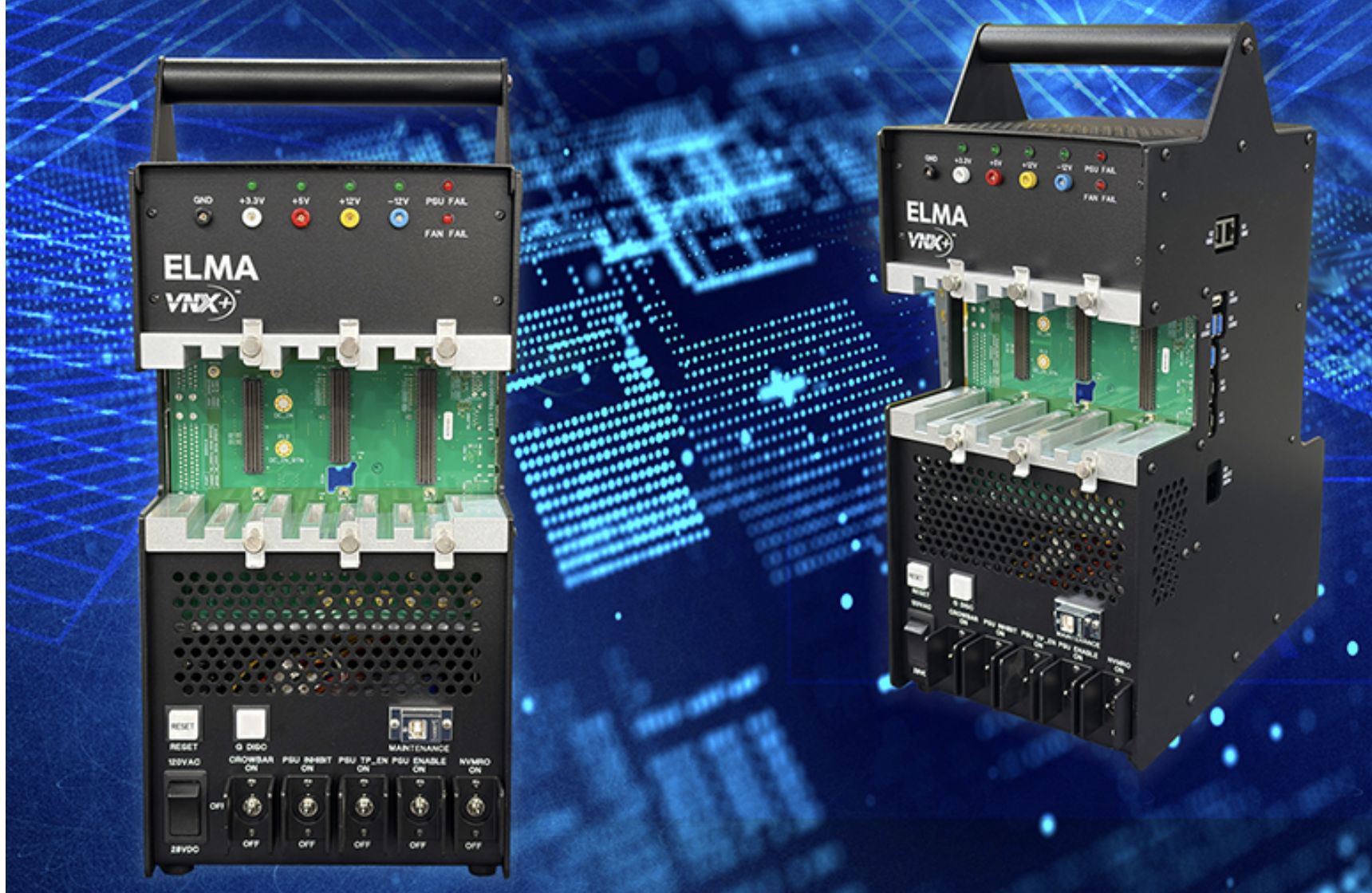This continues both the theme of “stuff at Sensors Expo” and non-traditional approaches to common sensors. Only this time, it’s the most ubiquitous of motion sensors, the accelerometer.
Most accelerometers use some sort of “proof mass,” a piece of silicon or metal or quartz or… whatever. Inertia makes the proof mass “move” in the opposite direction of acceleration, and you can measure that apparent movement.
Memsic (whose mag sensor we just looked at), does something different. The fundamental principle of inertia is still the same, but the proof mass, well, isn’t a mass. If you’ve ever carried a helium balloon in your car, you’ve seen the effect. (I haven’t, or I haven’t been perspicacious enough to notice and remember, so I’m taking their word for it.) When you accelerate your car, you’d expect the balloon to move backwards, just like those toys and stray French fries and the dog do.
But it doesn’t. It moves forwards. Why? Because the gas is lighter than the surrounding air (even compressed in a balloon), and the heavier air moves back, displacing the balloon forwards.
Memsic exploits this same behavior by heating gas in a cavity. They use nitrogen, although that’s not really critical. The point is that, by heating the middle of the chamber, you get this “ball” of warmer gas (I keep wanting to call it a “bolus” but I’m not sure if that word would apply). This heated mass is less dense – and hence lighter – than the gas on either side of it. So when the unit accelerates, it moves not back, like a normal proof mass would do, but forward, in the direction of acceleration. It’s like the proof mass is all the non-heated gas.
By putting temperature sensors at either end of the chamber, you can detect the approach and retreat of the heated gas and use that to signal acceleration.
The benefits of this are that you don’t get any of the messiness of a normal proof mass. There are no issues of shock, vibration, resonance, or stiction. Its calibration is more stable and it has better bias stability. The main drawbacks are that it’s not particularly responsive, so you can’t do high-G shock detection. And, of course, you need power for the heater, although they say it’s not that much – you could still use this in a phone.
The primary apps they’ve seen so far are for electronic stability control in cars and high-end inclinometers.
You can find out more on their website.




